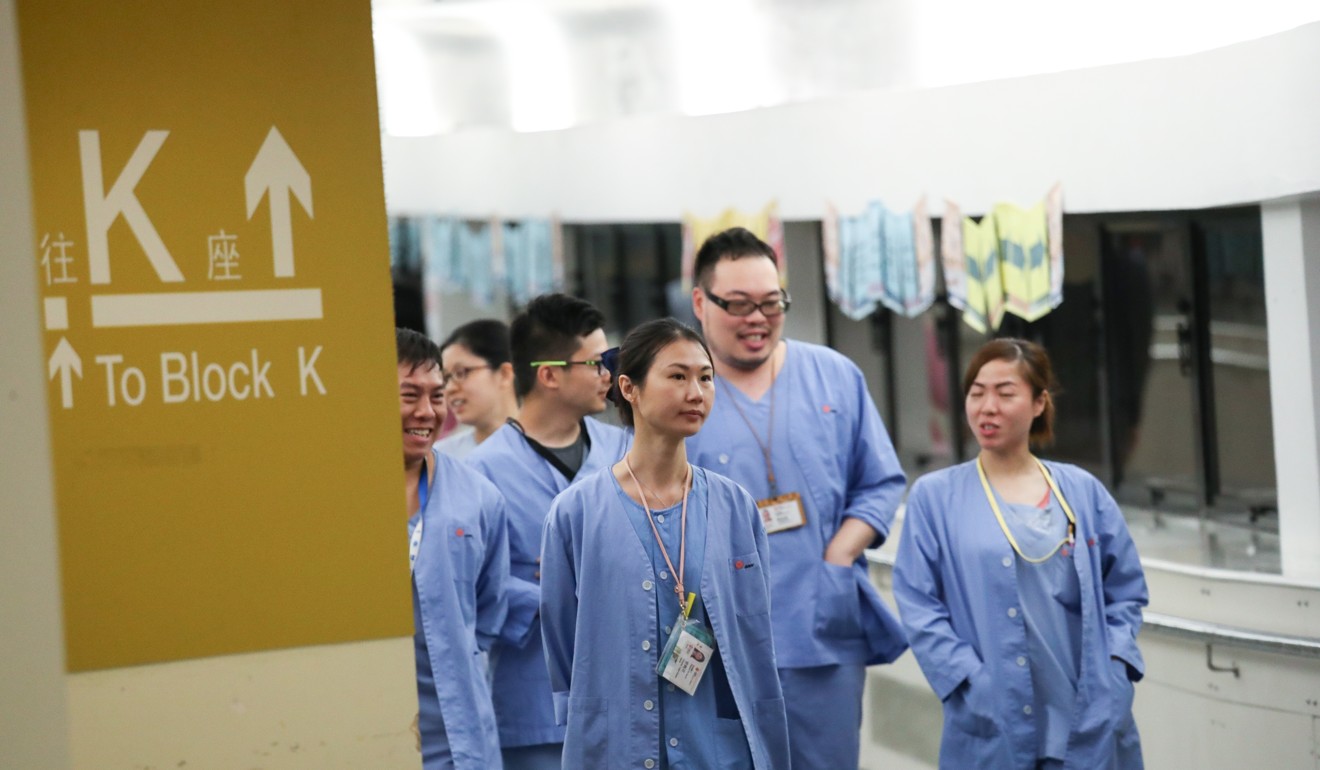
Face the truth: the shortage of medical professionals is a fact
Resistance to reform of the medical sector is futile and, worse, dangerous; all avenues, including the recruitment of talent from overseas, must be taken seriously
One problem of dealing with a serious shortage of medical and health professionals facing Hong Kong within a decade is that some major players cannot agree that there necessarily is one. If you accept the Food and Health Bureau’s assessment of 13 health professions in a strategic review of manpower planning, there is no question about it. The review models future demand and supply in an ageing society to chart worsening shortages of health professionals. It predicted a manpower crisis in nine professions, including doctors, dentists, general nurses and therapists.

It is true that frontline medical resources have been distributed unevenly between districts, and that the number of medical graduates almost doubled to 470 last year from 250 a few years ago. We hope we are wrong but, given the loss of public doctors to private practice, that still sounds like a mismatch with a shortage of 275 public doctors last year expected to rise to 500 by 2020 and to more than 1,000 by 2030.
The strategic review rightly identifies the challenges as rapid population ageing, the surge of lifestyle-related diseases and the relentless rise in medical costs that soak up increasing resources. Ultimately they can only be met by more progress on long-suggested reforms to expand the role of primary, preventive care through a public-private partnership starting at the family medicine level. The report recommends reactive measures such as training more doctors and nurses and bringing retired professionals back to work. But the government needs to be more assertive about recruiting professionals trained overseas and improving manpower data collection from the private sector to flesh out information on resources.

